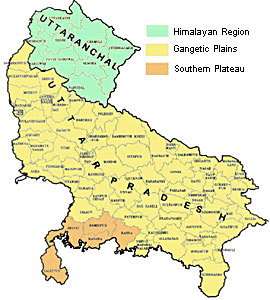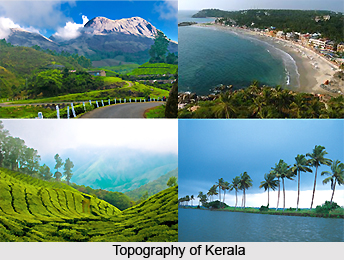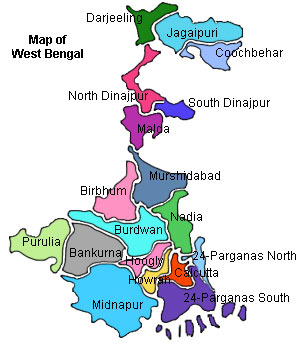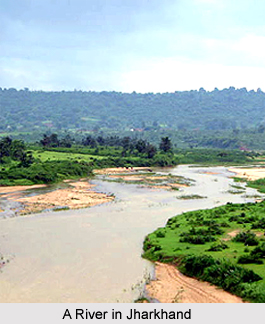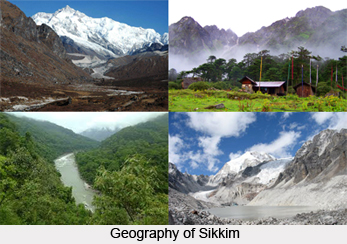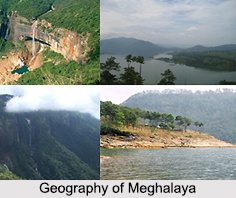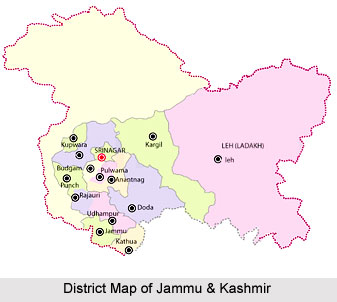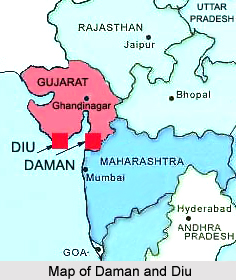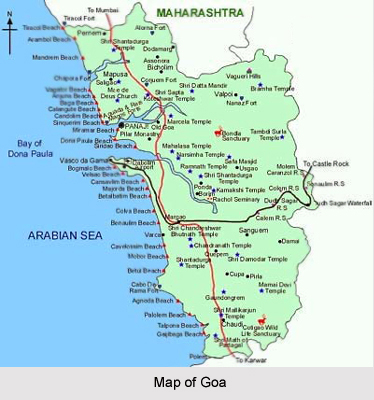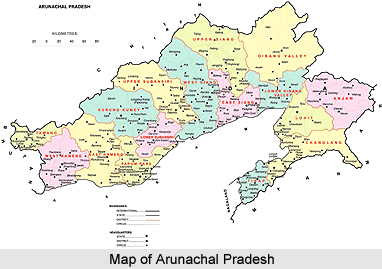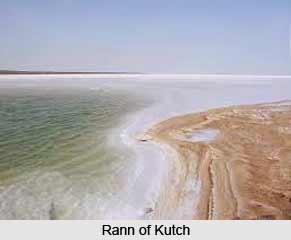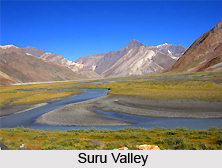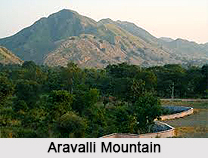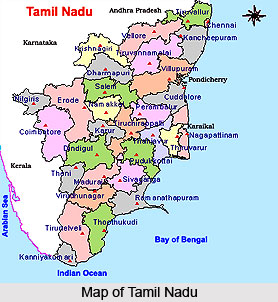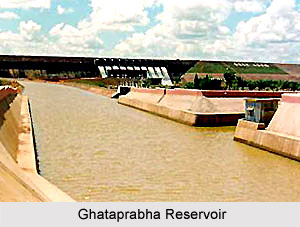 The objective of building the Ghataprabha reservoir across Ghataprabha River in Karnataka, was storing water for irrigational purpose. The Ghataprabha reservoir is a composite dam, which is 53.34 meter high and 10183 meter long. The first stage started in 1897 and comprised a 71 km long left bank canal from the Dupdal weir across Ghataprabha River near Dupdhal in Gokak canal for providing irrigation to an extent of 0.425 lakh hectares. The second stage of the reservoir project comprised left bank canal from the Dupdal weir from 72 km to its full length extension of 109 km across Ghataprabha River, near Hidkal, up to a height of 650.14 meter.
The objective of building the Ghataprabha reservoir across Ghataprabha River in Karnataka, was storing water for irrigational purpose. The Ghataprabha reservoir is a composite dam, which is 53.34 meter high and 10183 meter long. The first stage started in 1897 and comprised a 71 km long left bank canal from the Dupdal weir across Ghataprabha River near Dupdhal in Gokak canal for providing irrigation to an extent of 0.425 lakh hectares. The second stage of the reservoir project comprised left bank canal from the Dupdal weir from 72 km to its full length extension of 109 km across Ghataprabha River, near Hidkal, up to a height of 650.14 meter.
The Ghataprabha reservoir has storage of about 659 Mcum for providing irrigation to a total extent of 1.396 lakh hectares of land, inclusive of the area under stage I. The third stage of the project includes raising the FRL of Hidkal dam to its final level of RL 662.94 meter (RL 2175.00 feet). Thus the gross storage of the reservoir is 1448 Mcum, which is channelized into 202 km long Right Bank Canal and 86 km long Chickkodi Branch Canal.
This article is a stub. You can enrich by adding more information to it. Send your Write Up to content@indianetzone.com
